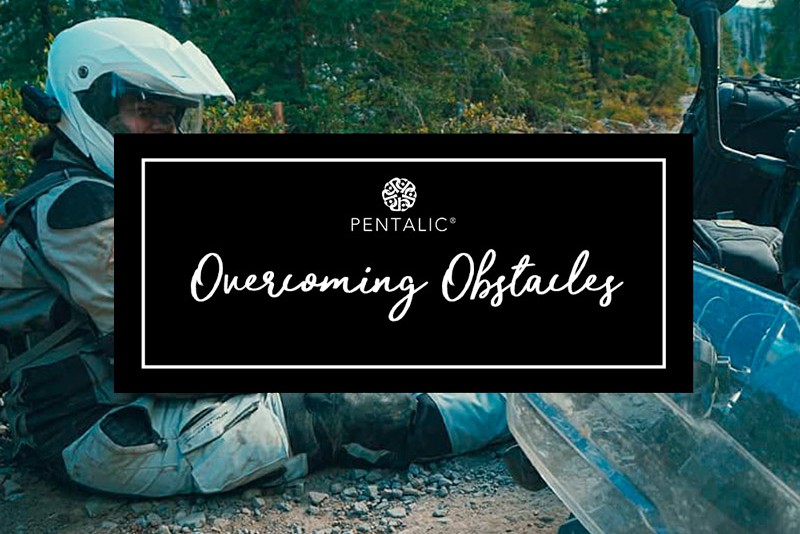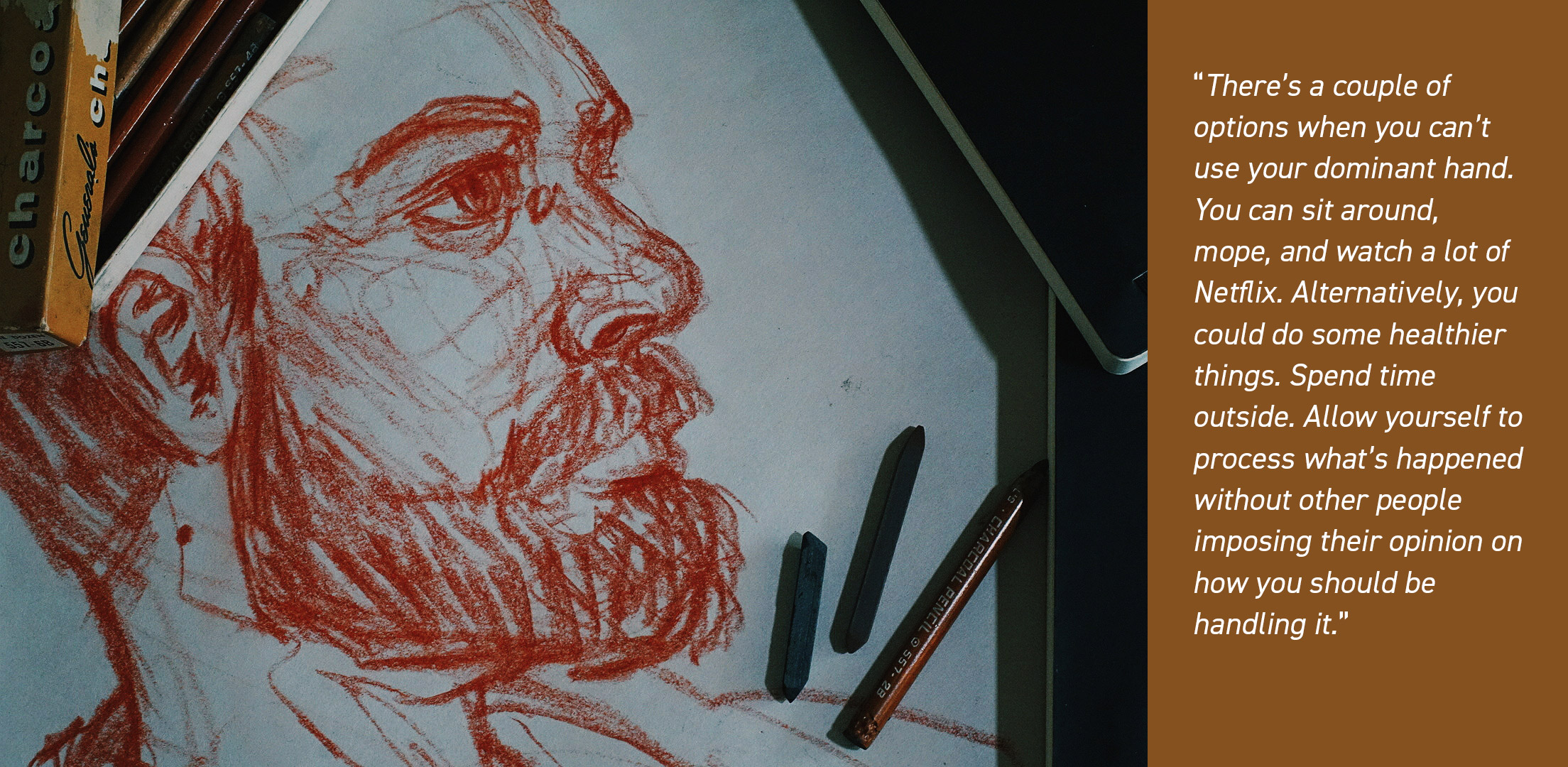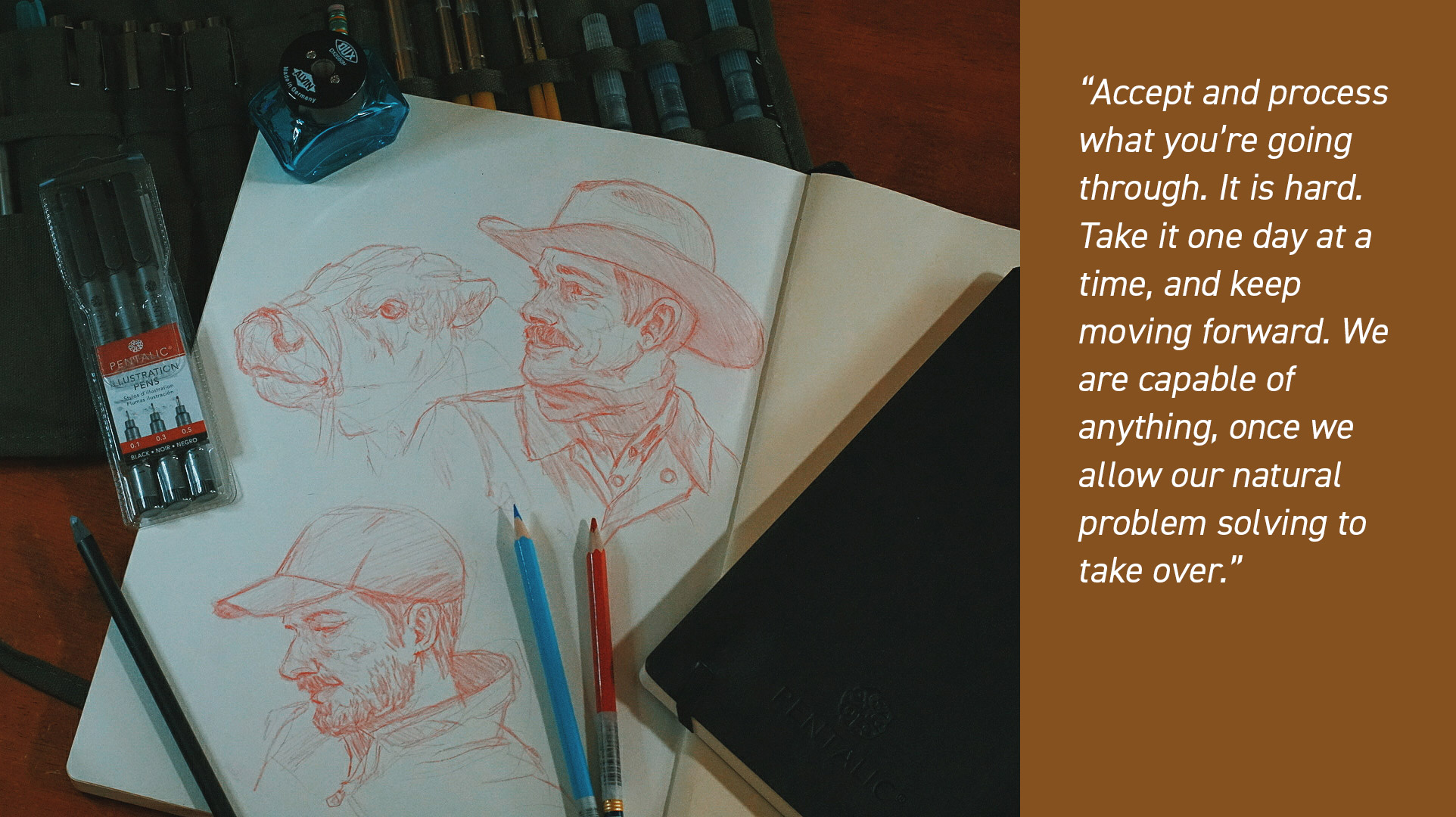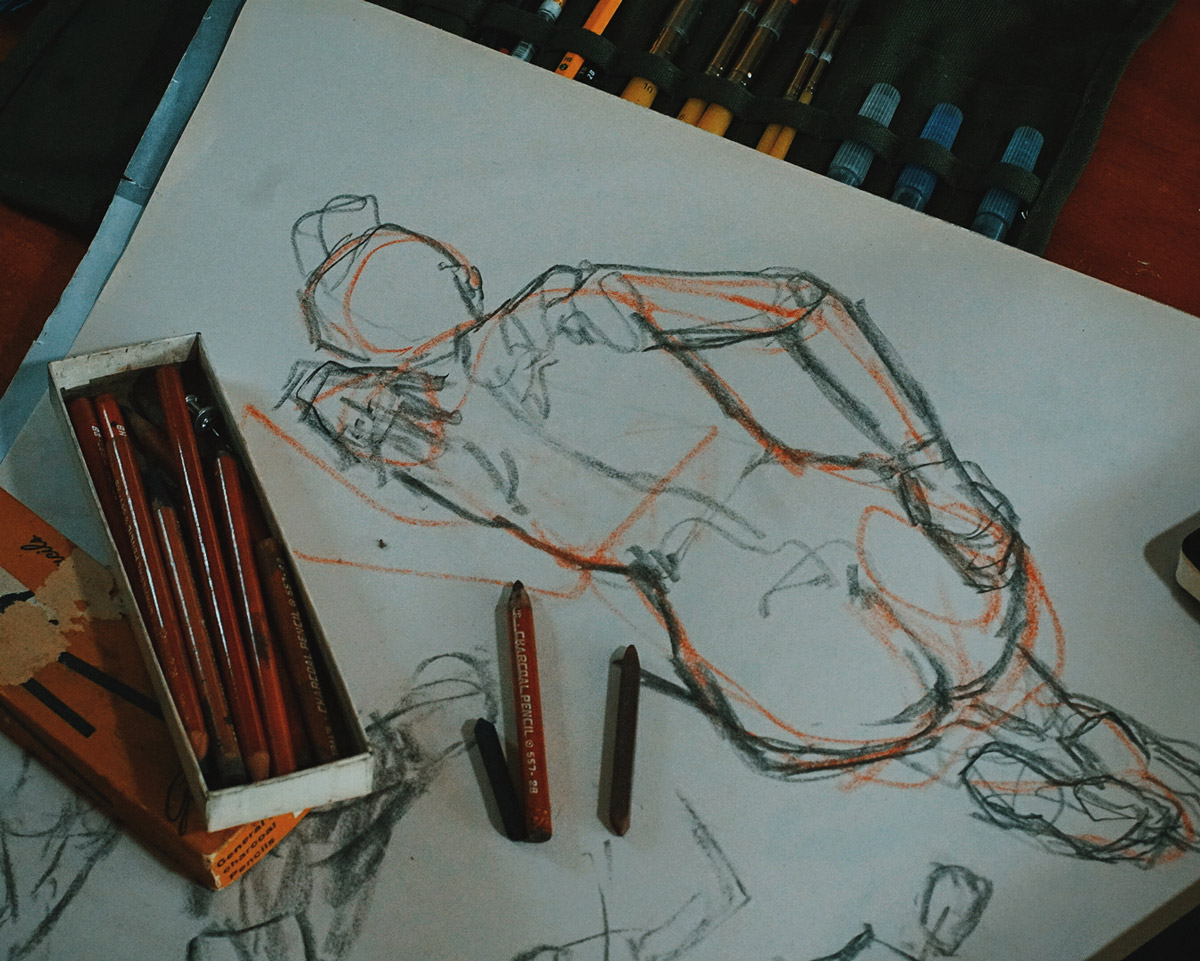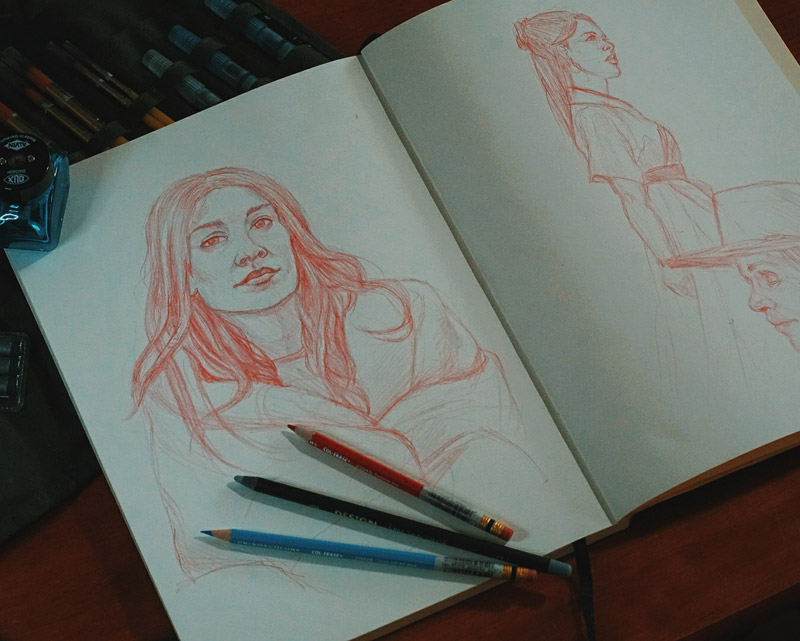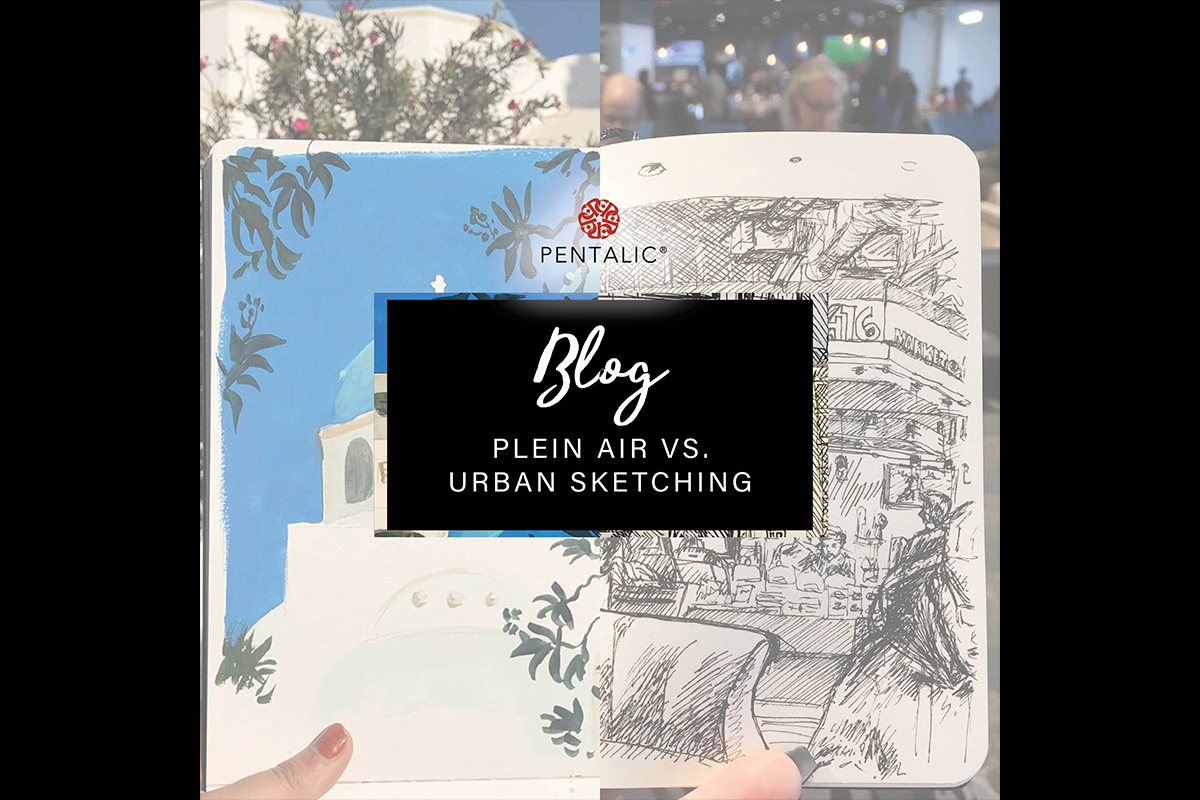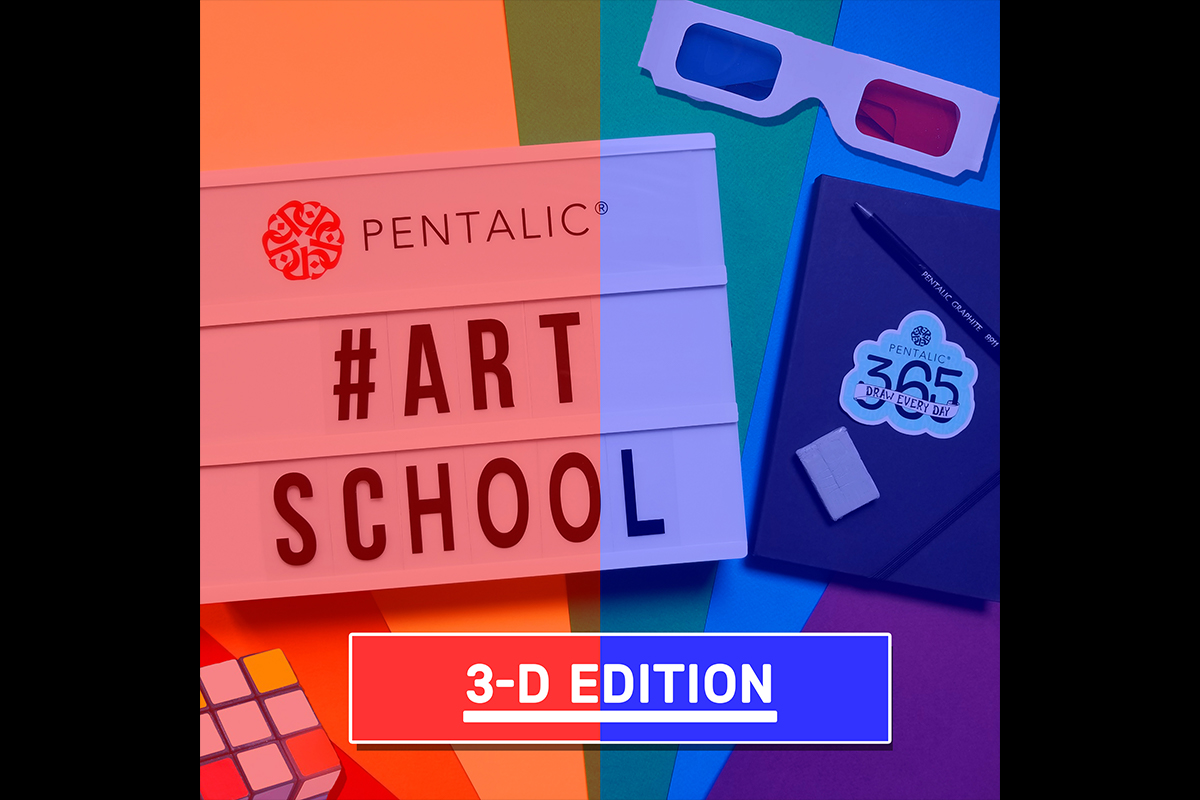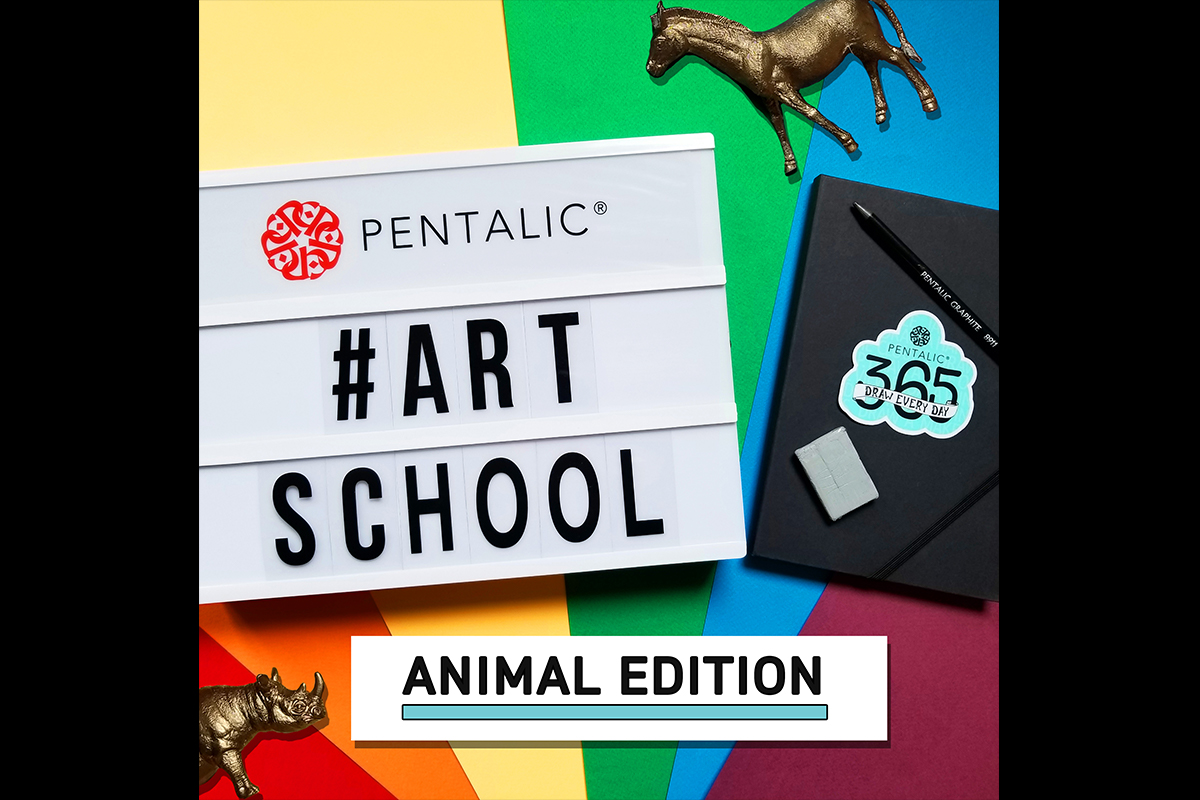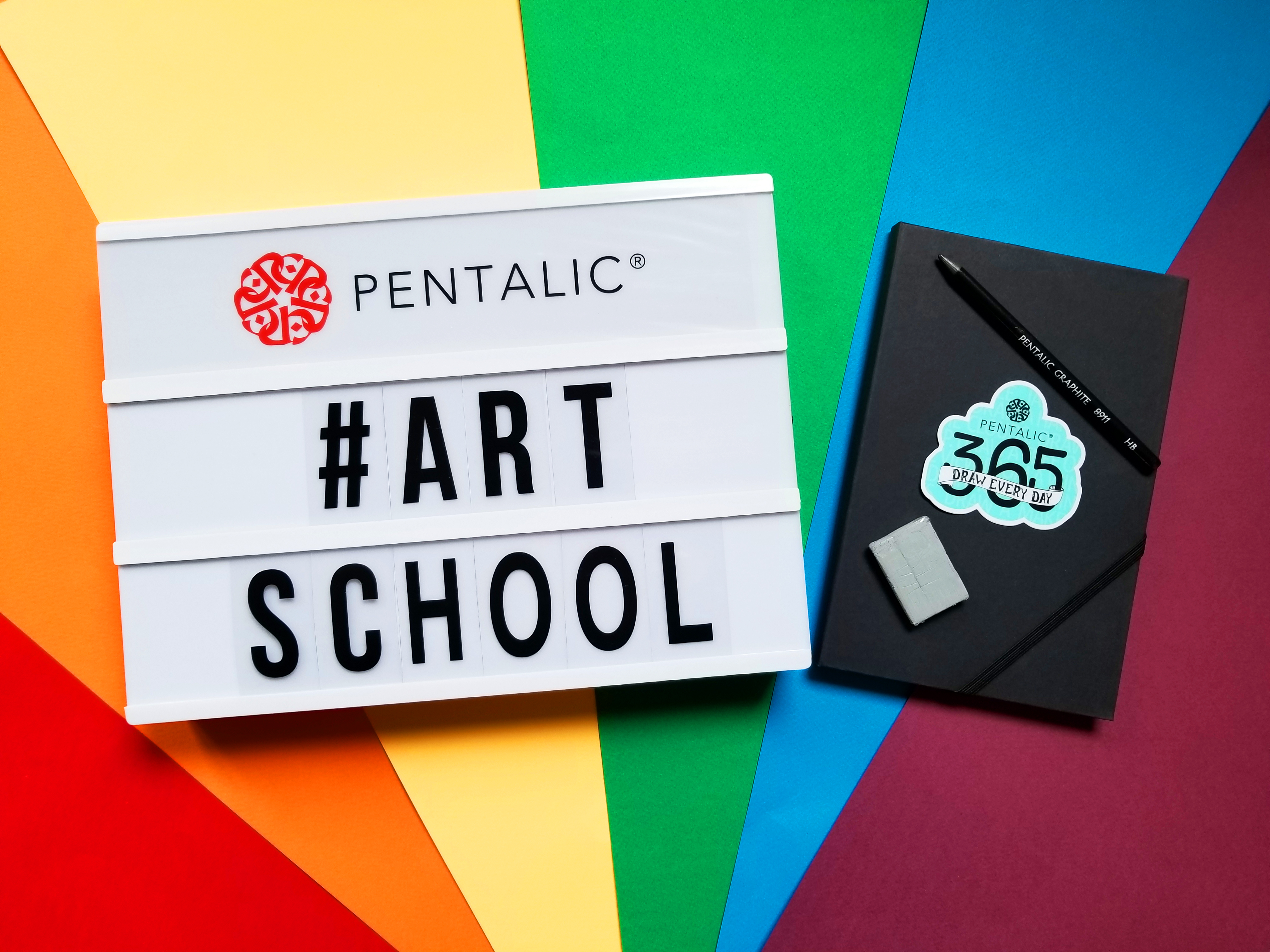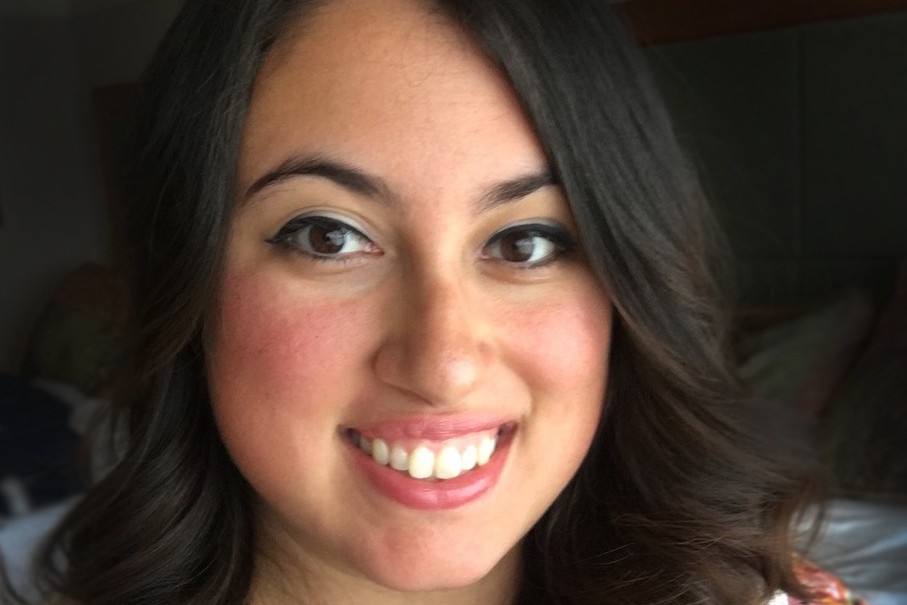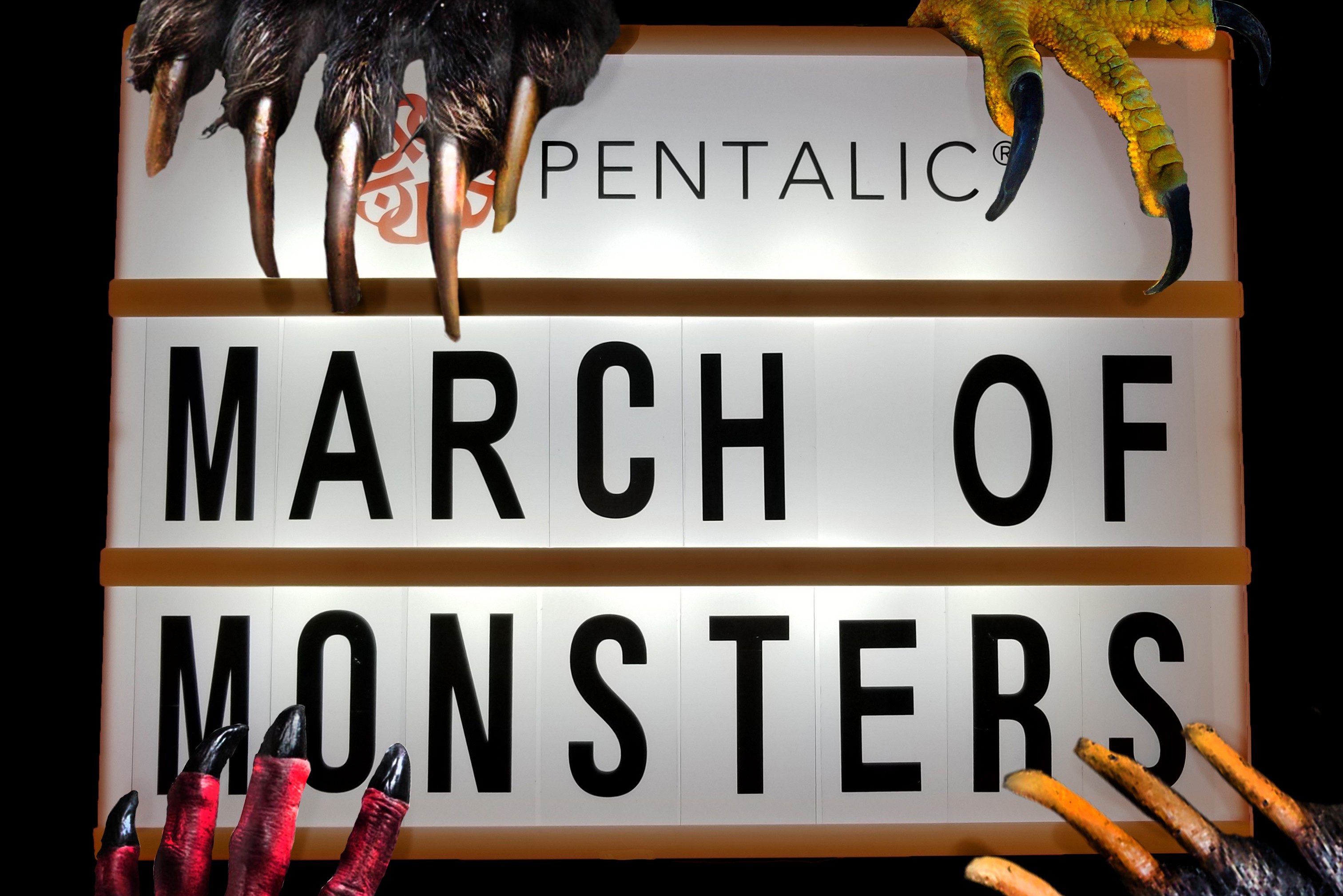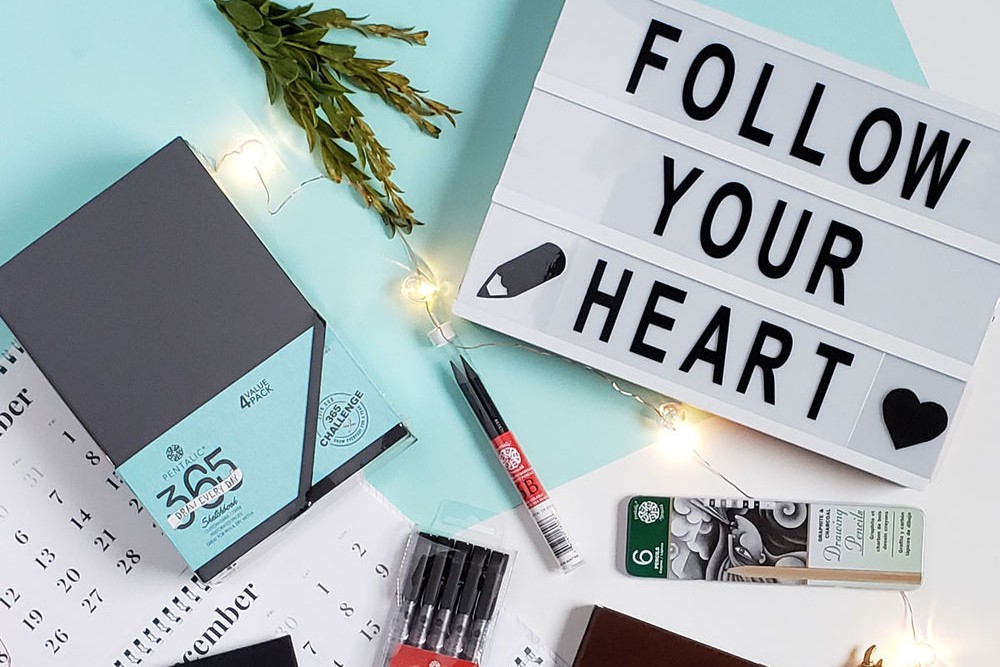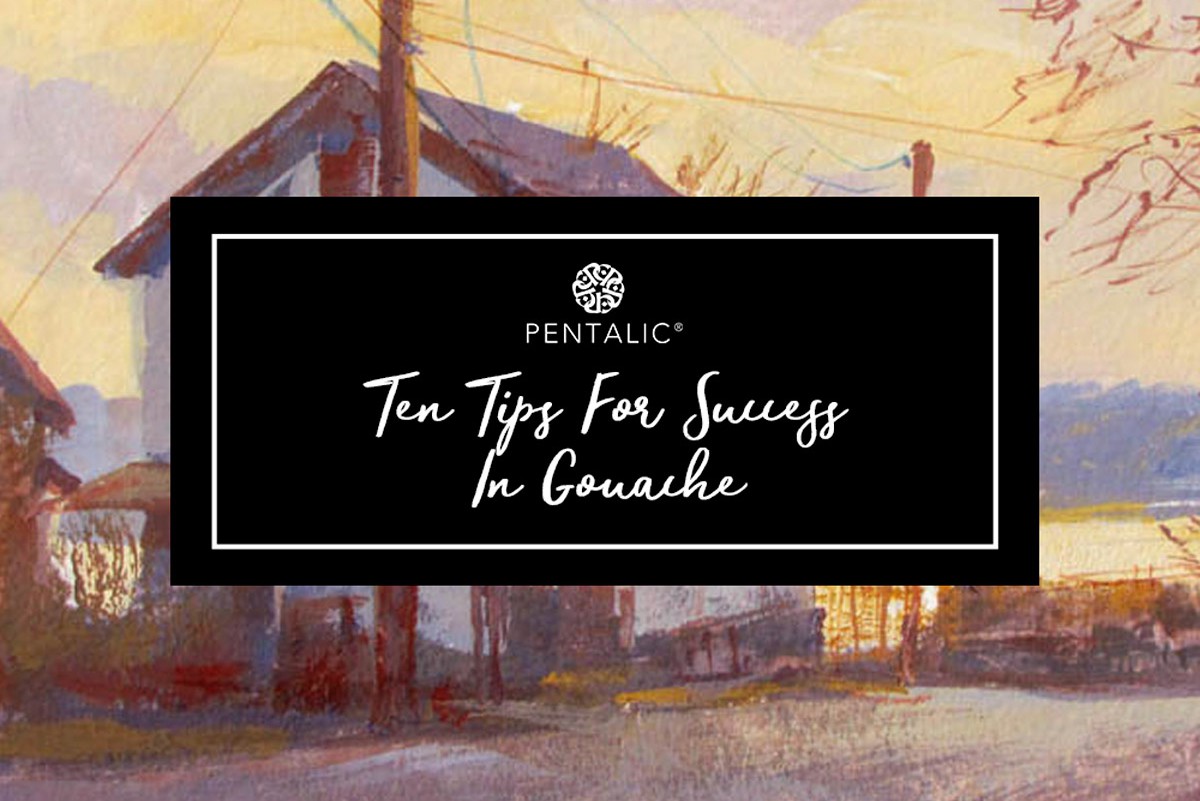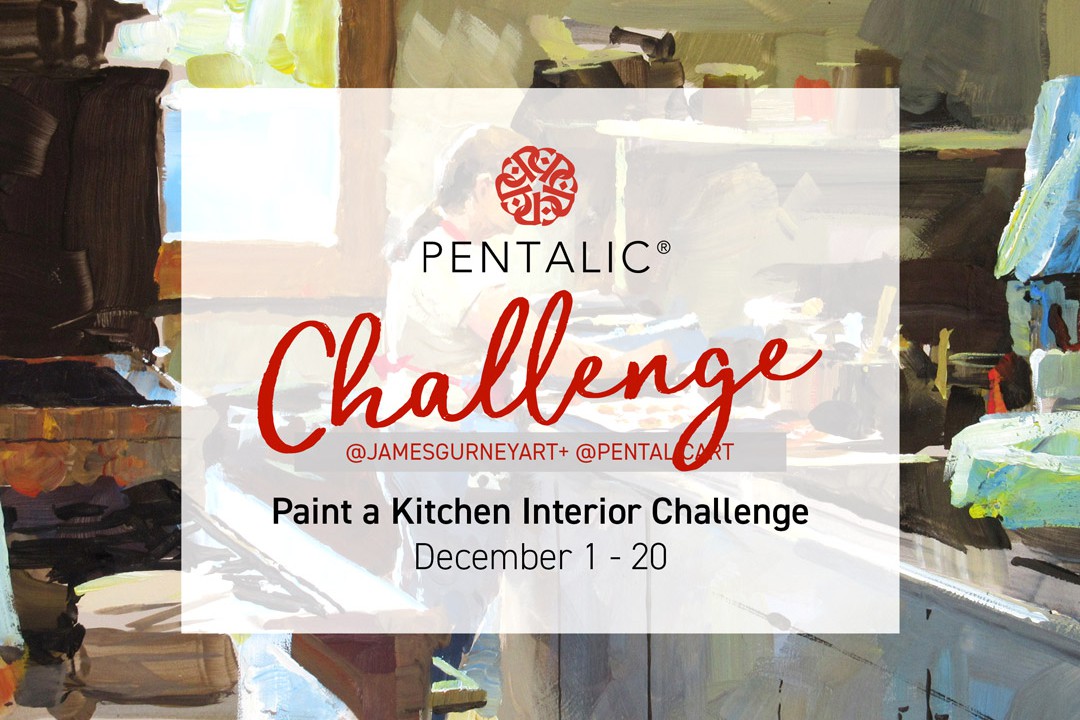By Amanda Zito (@Blindthistle)
Being an artist is a tumultuous life to begin with: dealing with self-doubt, art blocks, and everything in between. But what if all of a sudden you have to deal with more? @blindthistle wrote a beautiful blog about her recent wrist injury and how you can turn a bad situation into a learning experience. (And do you see these drawings? She did them with her LEFT hand!)
As artists we meet a lot of challenges.
For quite a few people, the choice of becoming an artist isn’t always so well received by our loved ones, who are worried about the financial stability of our futures…for good reason. Some of us manage to get some scholarships, and work extra jobs to fund our passion until some fateful day when it may support us. Art school is an uphill battle, learning new skills, struggling with how to make what is in our head come out on paper, and learning to open your eyes and draw what you see. For some of us (cough, me) that transition was a little harder than others. Then we face the fear of artist block, burnout, being able to eat, pay rent, spending enough time on personal relationships, making people care about the work we’re doing, and last but not least the little voice in our head that says we’ll never be able to make a living just doodling in our sketchbooks and playing with paint.
I think it’s safe to say that we’re all secretly pretty good at analyzing the problems presented to us and trying to find solutions. We do it with every piece of work we create. How do we use the tools we have available to us to create the work that we want to create? Although, sometimes that problem solving comes slower than we’d like. So, what happens when the worst happens? No, not art block. Worse. You get into an accident that takes away your normal abilities to create art. How do we survive? How do we overcome this seemingly impossible obstacle without giving up?
I broke my wrist on my dominant hand a few weeks ago.
My first thought after “oh, this hurts a lot” was “how am I going to finish my commissions.” When the Orthopedic doctor put the cast on my wrist and told me that best-case-scenario it would be on for two months, I spent two days on the couch, cycling between a numb haze and openly sobbing because I couldn’t draw. Not just because I couldn’t finish commissions, but also because I thought I had lost a creative outlet, that has been an essential part of my existence for my entire life. This state of shock and feeling sorry for myself lasted much longer than I’d like to admit, before I pulled myself out of the pit.
Explore alternatives.
Initially it felt like a death sentence. As if considering doing anything different to the way I was used to doing it would be some kind of treason to my soul. That sounds a little dramatic. Having a creative outlet feels like breathing sometimes -involuntary. There’s a couple of options when you can’t use your dominant hand. You can sit around, mope, and watch a lot of Netflix. Alternatively, you could do some healthier things. Spend time outside. Allow yourself to process what’s happened without other people imposing their opinion on how you should be handling it.
Explore different creative disciplines. Photography, film, fashion, write about what you’re going through. On the other hand, you can teach you non-dominant hand to draw.
Never underestimate the power of willpower.
It’s slow going, frustrating, but doing something is better than doing nothing. Start from the basics, think big pads of newsprint, some vine charcoal, and quick gestures. Think of things in big shapes. Draw big. Take it step by step. Get yourself a special sketchbook just to practice in, and start in the back so there’s no first page anxiety. Draw something every single day, it doesn’t matter if it’s a 2-minute gesture, or an hour. Just stretch the muscles. Remember that this is all yours. You don’t have to share it with anyone if you don’t want to.
It sounds annoying, and very cliche, but it does help to recognize that things could be worse.
There are a lot of incredible examples of people who have overcome incredible disabilities. There are paralyzed artists that paint with their mouths. It is ok to mourn. That sounds like an odd term to use when you’ve broken a bone, but it’s pretty accurate to the feeling of not being able to do what you love, the way you’re used to doing it. Accept and process what you’re going through. It is hard. Take it one day at a time, and keep moving forward. We are capable of anything, once we allow our natural problem solving to take over.
Ps. The sketches featured in this article were done on a generic pad of Newsprint and the 9×12 Pentalic Traveler Pocket Journal, Draw.
Follow Amanda on Instagram @blindthistle
Website: blindthistleillustration.com
Youtube Adventures: youtube.com/c/asthemagpieflies
Youtube Art: youtube.com/user/blindthistles


